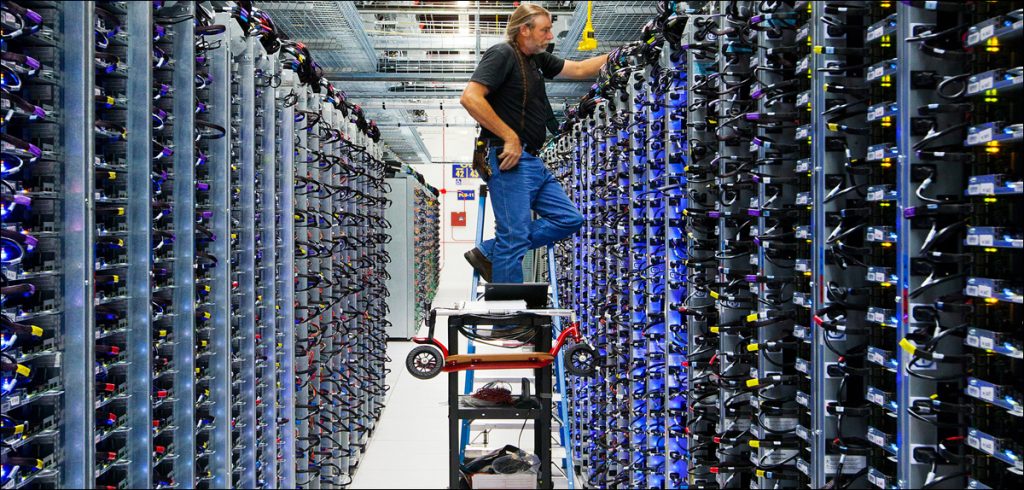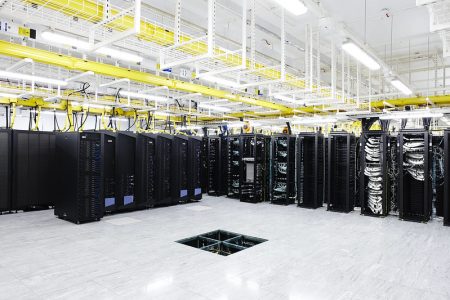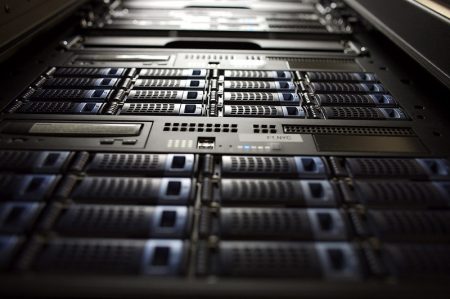As data centers update themselves to match evolving customer demands, there is an ever-increasing list of options to choose from. Uma Iyer helps sort through the jumble of data center options for you
Data is the new currency and even when we say ‘cloud’ the transactions happen in the ‘real’ world using ‘real-estate.’ Whether it is going to be stationed in space, or underwater, eventually it will be built with material, and it does require human intervention for it to function and be available.
While thinking about choosing the right space for your data requirements, the customers are largely divided into end-users and corporations that supply the data hosting and transaction capabilities. Let us delve a little deeper to get an insight into how we choose our real estate for our data.
Sify Technologies – Data Center Services
Personal/Professional?
Let us take a quick look at some of the personal checklists:
- Is the data personal or professional? The key would be to first decide what category the data falls under, that will determine the nature of the information and ultimately where it will reside.
- What will happen if you lose the data? Is it paramount that the data is available all the time? Is it your children’s priceless videos and photos? Are these memories or code base for your new application? Are these documents regarding your will?
- How much are you willing to spend? There are many cloud storages which will cost anywhere between Rs 600 to Rs 1000 with reliable and faster recall time.
- Is the data portable? Can I access it from the laptop and my phone and my other devices seamlessly?
- Is the storage reliable? We normally trust the providers. Reports of data leakage to miscreants are viewed as something that happens to others but never you, until of course it does. Cybercrime hunt-down of leaked information used for notorious purposes is ever increasing! An Instagram handle getting hacked can result in a lot of heartache for influencers who curate their page and earn a living through the site.
The above are some basic checks you will be doing or ought to conduct if you want to ensure that you have your data safe!
How do you choose?
Apple and Android users do have some handy options including iCloud and GoogleOne/GoogleDrive. There are various other options including Dropbox.
Some of the most popular ones range from $1.5 a month to $4 and is reasonably priced.
Source: www.cloudwards.net
Apple users do have it straight forward with the use of iCloud where 1 TB of data costs about $6 per month.
Many of the features in all the options include:
Security and integration with other storage systems. There are various options to look for where there is end-to-end encryption of entire account and secure chat function as well.
This brings us to the providers of the services and how they choose their data centers?
How do the providers choose?
There are key aspects to consider:
- Location
- Flexibility and capability to expand
- Availability of skilled resources to support with continuity
- Reliable government support and geo-political stability
- Network eco system
- Speed of deployment
- Financial stability
- Following the trend!
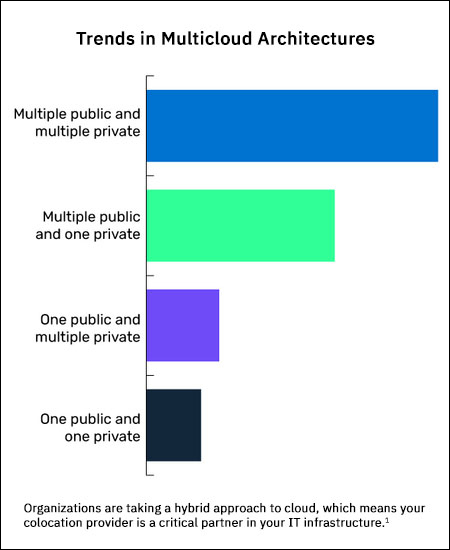
Considerations
- Location and Flexibility
This is key to any data center choice along with the creation of a webbed model in various countries to leverage the benefits.
Climate (prone to tornadoes, earthquakes?), weather forecast, cost of equipment, duty and taxes/exemptions, power supply, infrastructure investment, fibrepaths, geo-political stability are some of the key considerations.
Space to expand and connect different networks to create a seamless ecosystem is a key ask.
The cost of cooling is a very big price to consider while choosing the centers.
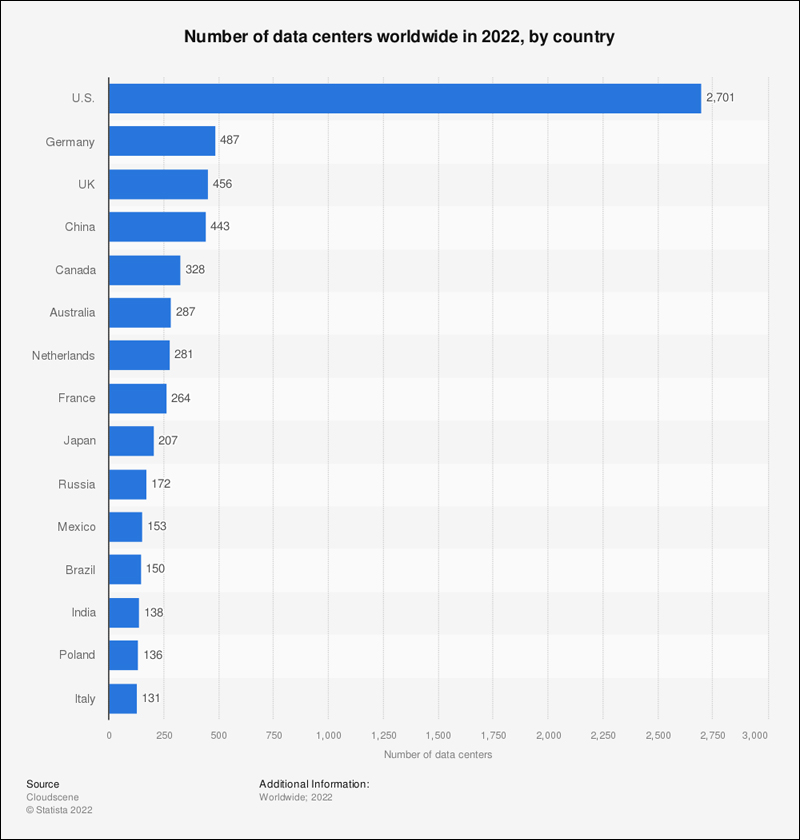
- Reliability and efficiency
Reliability of skilled resources provisioning is key. How reliable are the skilled resources? Is there staff certification and infrastructure SLAs available to provide 99.9% availability in line with what you have agreed with your customer?
- Deployment efficiency and expansion ecosystem
There would be no point starting a data center set-up that takes so long that the underlying infrastructure gets obsolete. Additionally, how soon can they stand up the co-locations and other areas in-line with the ever-expanding need of the customer.
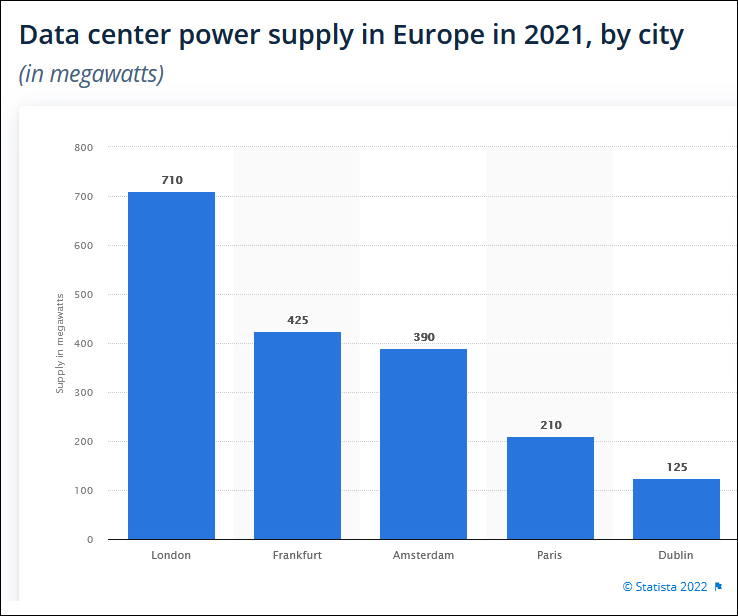
- Financial Stability and investment trend
Sometimes following the lead is helpful. If there is a mob effect of moving to a particular space, it is more than likely that some of the trend-setters have done the due diligence.
If the set-up is standard and reliable with a good track record, it would be a good path to follow.
The key to financial stability of the infrastructure providers would also be key to making data center location hunt meaningful.
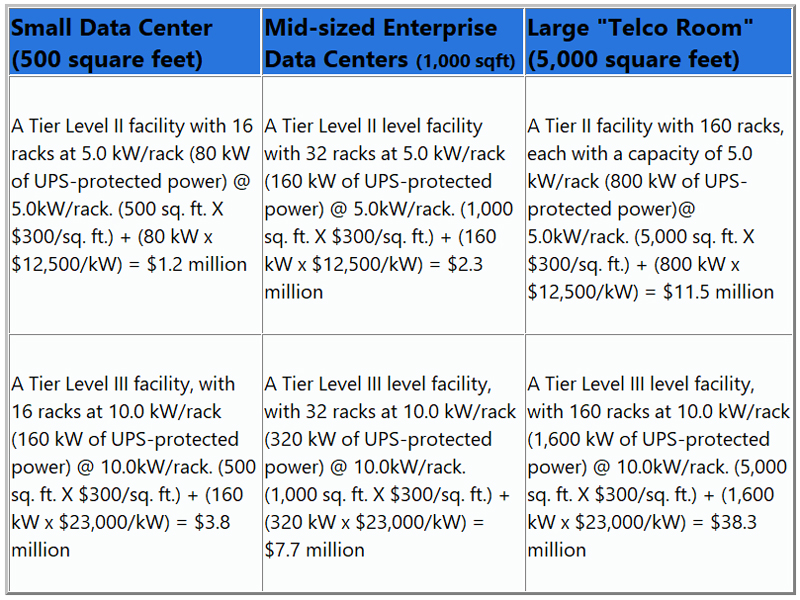
“Our plan is to build a box that does radiation shielding and thermal management so whatever we put in that box can fly and work,” said Rick Ward, founder and CTO at OrbitsEdge.
The OrbitsEdge satellite system is shaped roughly like an umbrella with solar panels on top to collect energy and provide shade for the computer below it. Then, at the very bottom, there are radiators that send excess heat directly into space. In other words, power and cooling are free.
Choosing a data center for your computing needs:
Choosing a data center for your cloud computing needs also depends on the same factors that are required in setting up a data center!
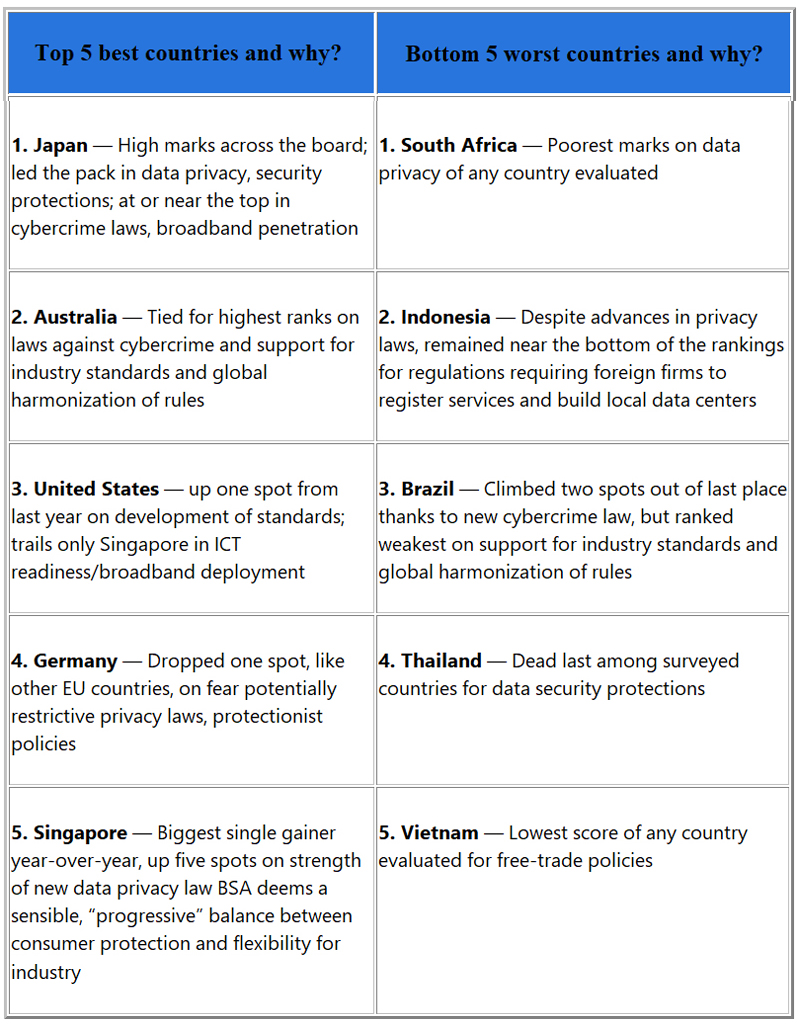
Microsoft announced that it will build a fourth data center in India. India is one of the fastest-growing markets and according to local media reports the latest data center construction will cost $2 billion.
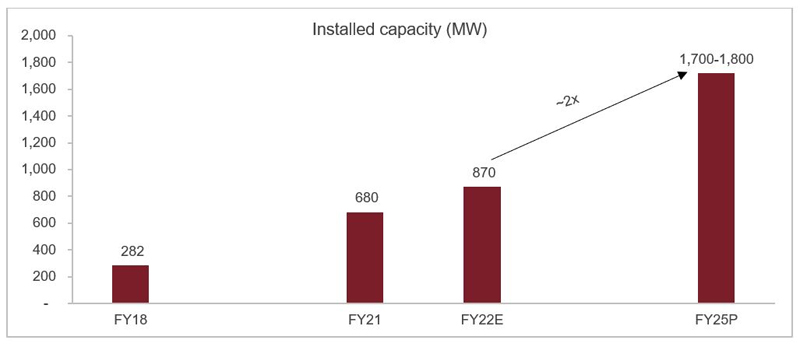
According to a new report by Crisil, India’s data center capacity is expected to double to 1700-1800 MW (megawatt) by 2025, up from 870 MW this year. While the rise of the IoT, 5G, and AI will cause a data explosion worldwide, India’s expected data growth is unique for a few reasons.
What’s next?
As the space emerges, there are many interesting options available including satellite data stations, underwater data centers to reduce the cost of cooling to name a few! It is an interesting space where the hardware sizes are decreasing while the storage sizes are increasing with rising number of options but staying competitive remains constant!
In case you missed:
- None Found



